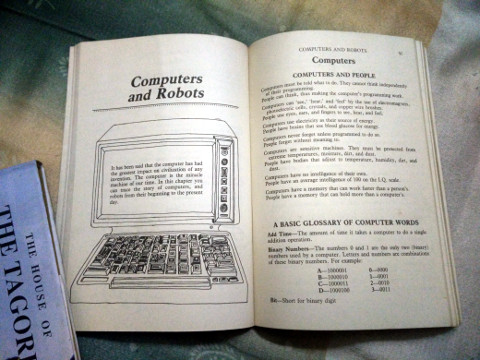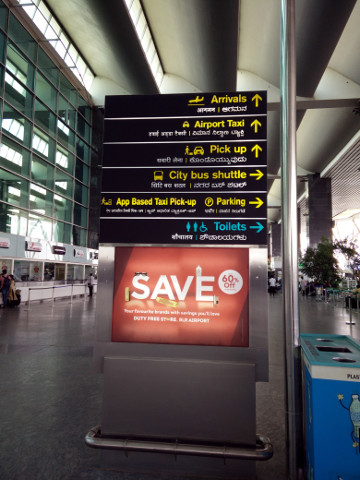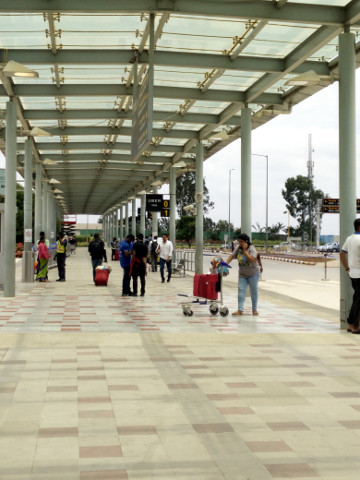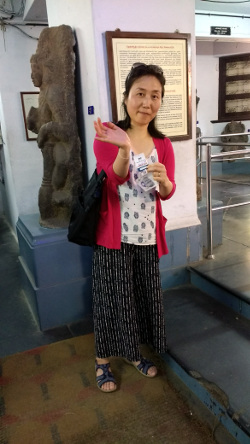Just came back from a family trip in India. My first visit to the subcontinent. Granted, I am not that well-travelled, but it was nothing like any place I’d ever been to. The heat, the rain, the traffic, the constant honks, the bold colours and patterns of fabrics and jewels, the fruits and spices that I had never known existed, fresh flowers on head on no special occasion, … sensory overload, I would summarise.
I managed to stay away from work email during those three weeks. This must be my record. You might think I was carrying on the new tradition that I created last year in Busan, but in fact, this time it wasn’t a result of conscious efforts. It just so happened that I was on a tourist visa, I didn’t have a local SIM, and it was unbelievably hot and humid that I couldn’t afford to be my usual self. My itinerary was also too packed anyway with meeting many relatives and neighbours, every one of whom wanted to feed and clothe me, by the way. 🙂
One thing I couldn’t turn off though was my curiosity about how in different societies digital media gels with whatever is already there locally. I don’t mean so-called “glocalisation”; I am talking more about the organic processes of mutual shaping, which is my all-time and ultimate fascination. And I always prefer to use the verb ‘gel’ for that, instead of more conventional ‘intersect’ or ‘meet’, simply because I tend to visualise internet technology in my head as some kind of Play-Doh. I felt almost vindicated when I came across Manuel Castells’s “The internet is a particularly malleable technology” (2001: 50), and Steve Jones’s “[doing internet research is] a lot like getting a grip on Jell-O” (1999: 12).

(Speaking of localisation…)
Here are a few illustrative snapshots from the trip.

(A book I stumbled upon at home; (c) 1985)

(“Computers must be told what to do. They cannot think independently of their programming.”)

(“App-based taxi pick-up” at an airport)

(“Uber Zone” at an airport)
I was surprised to see how integral Uber and the likes were to everyday life. There were even apps for auto-rickshaws! No more hailing and no more negotiating. As a friend half-jokingly said, technology did what the government couldn’t. In the meantime, some auto drivers have allegedly found a way to beat the algorithm; in order to exploit surge pricing, they agree to go off the grid simultaneously and come back online one by one, taking turn. My experience of app-based taxi rides in India was overall positive, so it hit me extra hard when Jamie Bartlett’s documentary last Sunday showed the dark side of all this.
Museums were amazingly old-school. Perhaps I am just too used to shiny ones that are optimised for flocks of international tourists. There no AC, no English blurbs, no frills.
 (“Complaint book is available with the duty clerk in the museum office”)
(“Complaint book is available with the duty clerk in the museum office”)

(“Camera Pass”, at 200 rupees, to be allowed to take pictures with smartphones inside the museum)

(P, our official guide, explaining the relationships between Hindu deities, using the analogy of instances of a class in Java)

(“World’s 1st 3D printed Durga idol”)
